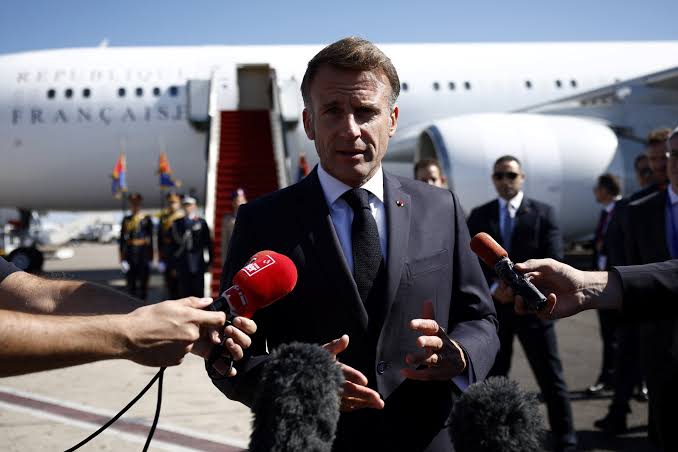U.S. to Continue Dominating Global Investment Flows, Finance Executives Say
Top finance executives at the Future Investment Initiative in Riyadh said that the United States will likely remain the primary destination for global investment flows, despite concerns over tariff policy and high debt levels. They pointed to the U.S.’s scale, regulatory clarity and innovation ecosystem as key advantages. Though many investors are wary of geopolitical risks, about 60–70% of large global deals are still centred on U.S. assets, according to speakers. The dominance places pressure on the U.S. market to maintain favourable conditions.
Several fund-house chiefs said global investors are overweight U.S. assets for the next 18 months. One noted that there is “no obvious catalyst for an economic slowdown” in the U.S., signalling confidence in continued domestic growth and capital returns. By contrast, Europe and parts of Asia are seen as facing regulatory headwinds, slower growth and structural risks. However, some caution that U.S. over-concentration may increase systemic risk.
That said, executives acknowledged emerging markets and non-U.S. regions still offer thematic growth — especially in areas like renewable energy, infrastructure and AI. But they emphasised that capital in these regions often flows through U.S. anchors or global hubs, rather than directly. Diversification strategies are being re-calibrated to account for trade and supply-chain risks. The message: U.S. remains the safe-haven for large-ticket investments.
For countries seeking to attract global capital, the signal is clear: offer scale, regulatory clarity and innovation advantage. Nations that cannot compete on those dimensions may struggle to capture the next wave of flows. Some regional players are enhancing incentives and easing regulations to make themselves more attractive, but still face an uphill battle. This dynamic may widen global investment divides further.
In summary, while the U.S. is expected to remain the dominant capital magnet, investors are increasingly watching for regional and thematic opportunities elsewhere. For business leaders, the priority is understanding where the global capital tide flows and positioning accordingly. Firms must balance U.S. exposure with emerging-market optionality in an increasingly fragmented world.
Source: Reuters.
news via inbox
Get the latest updates delivered straight to your inbox. Subscribe now!




